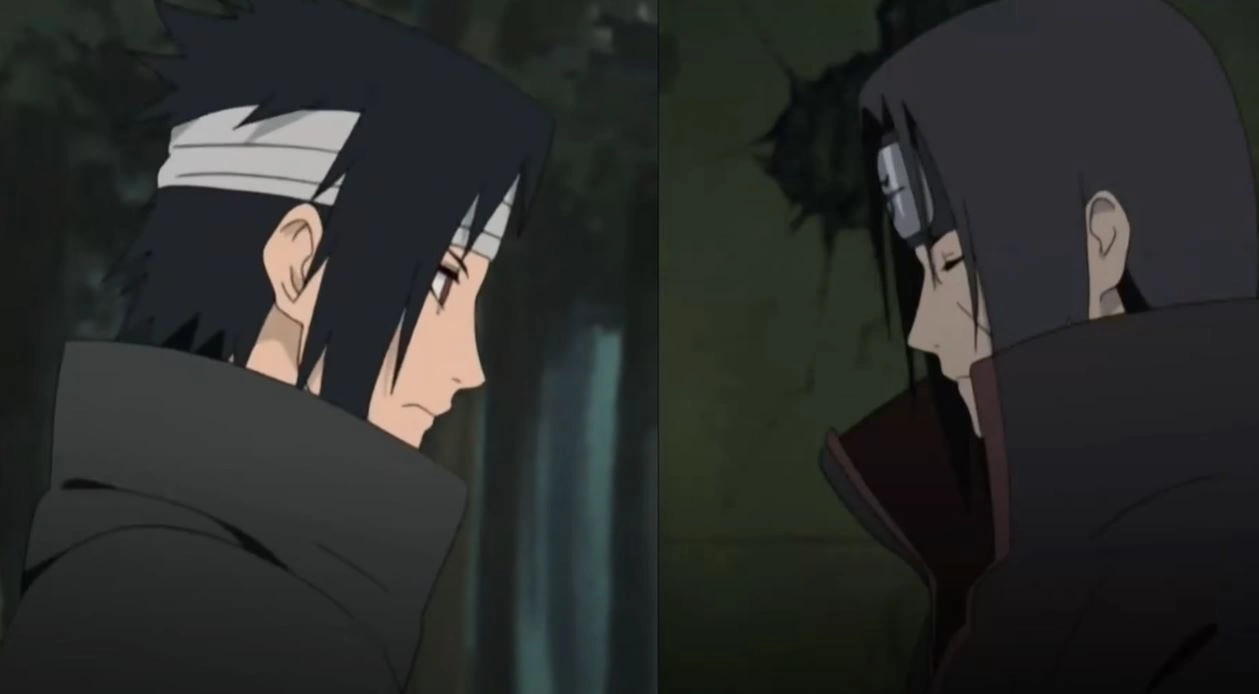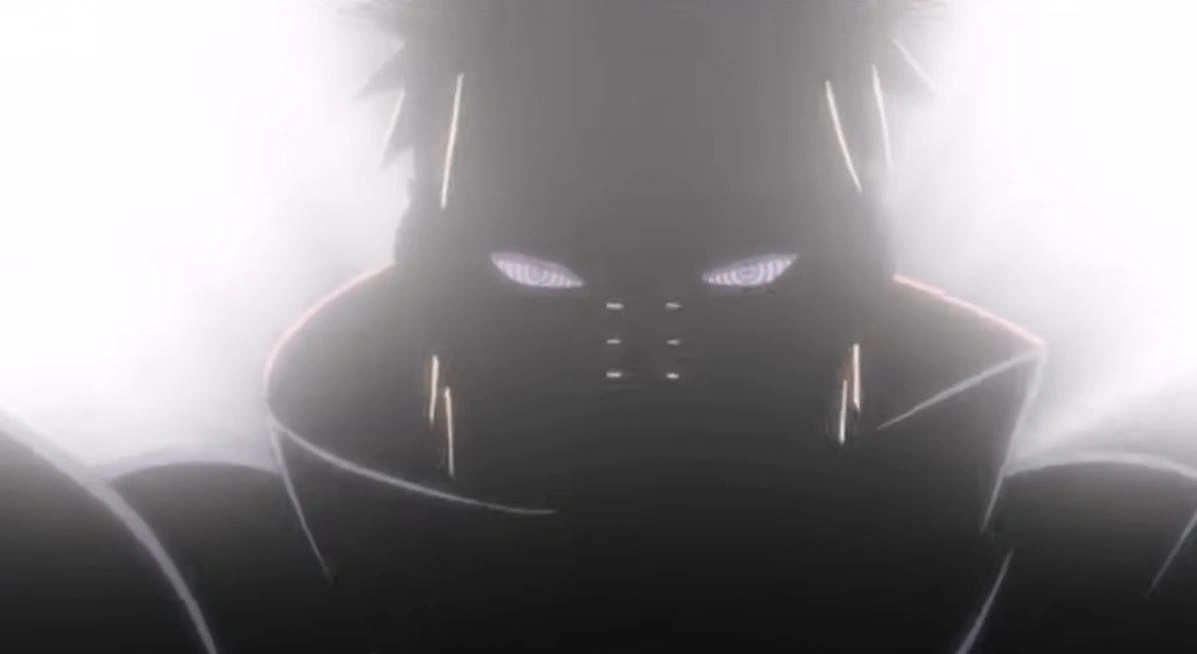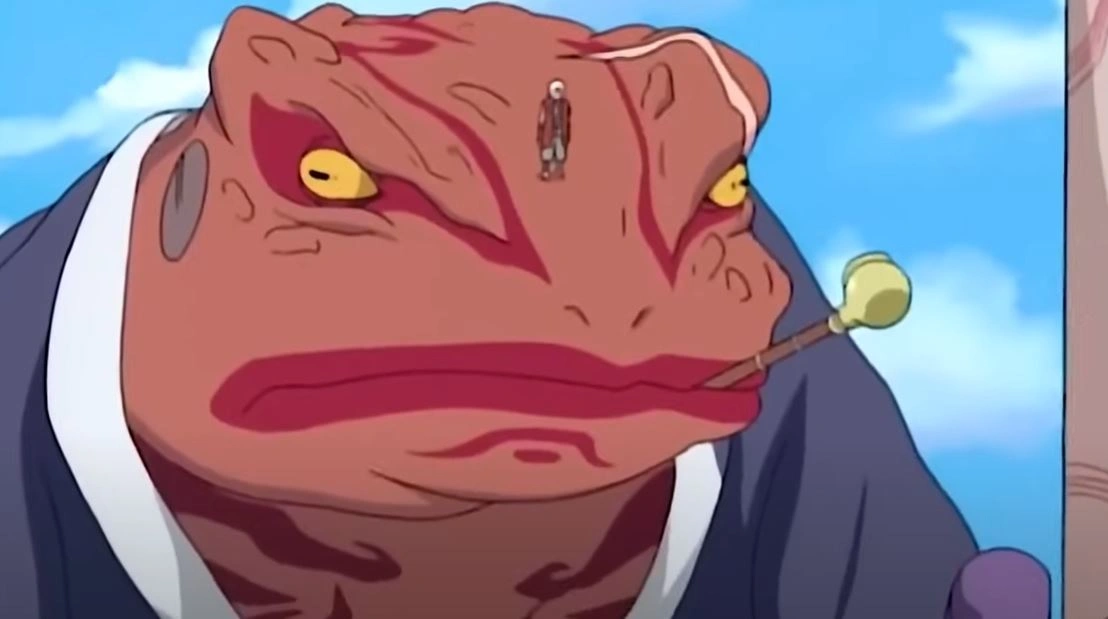Hidden Meanings in Naruto: Cultural References and Themes
By Anime Fever Zone Modified 1 year ago

Naruto, created by Masashi Kishimoto, is one of the most beloved and influential anime and manga series of all time. While the show is filled with epic battles, vibrant characters, and gripping storylines, it is also deeply layered with cultural references and thematic elements that resonate with both Japanese traditions and universal human experiences. These hidden meanings often escape casual viewers but play a crucial role in the series' enduring appeal. This post will delve into the cultural references and deeper themes that enrich Naruto, making it more than just a typical shonen anime.
Table Of Contents
1. Shinobi and Samurai: A Nod to Japanese History
Ninja's Role in History: Historically, ninja operated in the shadows, unlike the samurai, who were bound by a code of honor called bushido. Shinobi were masters of stealth, disguise, and assassination. In Naruto, while the shinobi operate with honor and dedication, many retain the qualities of subterfuge and secrecy.
Samurai vs. Ninja: The tension between ninja and samurai is subtly referenced in the series, particularly in the contrast between characters like Sasuke and his older brother Itachi. Sasuke's journey towards avenging his clan by adopting more stealthy, shinobi-like techniques reflects this historical tension. The Land of Iron, a place where samurai still hold power, also offers a historical contrast to the ninja-dominated world of Naruto.
2. The Philosophy of Yin and Yang
- Naruto and Sasuke: The clearest example of this dualism is seen in the relationship between Naruto Uzumaki and Sasuke Uchiha. Naruto, with his boundless energy and optimism, represents the yang—light, action, and warmth. Sasuke, brooding and reflective, embodies the yin—darkness, passivity, and cold. Together, they create a balance that drives the narrative forward. The constant push and pull between their ideologies mirrors the harmony of Yin and Yang in Eastern philosophy.
- Jutsu Techniques: Many of the jutsu techniques in Naruto are also based on the concept of Yin and Yang. The division between Yin Release (spiritual energy) and Yang Release (physical energy) forms the foundation of many techniques. For example, the Rasengan and Chidori, signature techniques of Naruto and Sasuke, respectively, are perfect representations of these forces. Rasengan, a spinning orb of pure chakra, is raw, untamed power, while Chidori is a sharp, precise lightning strike, emphasizing control and focus.
3. Buddhism and the Cycle of Reincarnation
- Asura and Indra: The lore surrounding Asura and Indra, who represent the ancestors of Naruto and Sasuke respectively, plays heavily into this idea. Their eternal conflict, passed down through generations, symbolizes the cycle of rebirth and karma. The rivalry between Naruto and Sasuke is, in many ways, a continuation of Asura and Indra’s feud, suggesting that individuals are bound by the karma of their past lives unless they break free from the cycle.
- Nagato and Pain: Nagato’s transformation into Pain, and his subsequent philosophical outlook on suffering, draws heavily from Buddhist concepts of pain, samsara (the endless cycle of birth, suffering, death, and rebirth), and nirvana (the cessation of suffering). Nagato’s desire to create peace through destruction and suffering reflects a distorted interpretation of the Buddhist goal of ending suffering. Ultimately, Naruto offers a different solution—one of empathy and connection—which helps Nagato break free from his destructive path.
4. Shintoism and the Connection to Nature
- Tailed Beasts as Kami: The Tailed Beasts, powerful creatures that exist within the world of Naruto, can be seen as embodiments of kami. Each of these beasts represents not only raw power but also the forces of nature that are deeply respected in Shinto beliefs. For instance, Kurama, the Nine-Tailed Fox, draws from the mythological fox spirits (kitsune) known for their cunning and shape-shifting abilities.
- Summoning Animals: Summoning techniques in Naruto involve calling forth animals that seem to have god-like powers, such as Gamabunta (the giant toad), Manda (the snake), and Katsuyu (the slug). These animals can be interpreted as manifestations of Shinto nature deities. Their deep connection to specific characters emphasizes the bond between humans and the natural world—a core principle in Shintoism.
5. The Will of Fire and Confucian Ideals
- Community and Loyalty: According to the Will of Fire, the strength of the village comes from the unity and dedication of its people. This is reminiscent of Confucian teachings, which emphasize the importance of family, loyalty, and serving the greater good. Hokages like Hashirama Senju and Hiruzen Sarutobi embody these ideals, stressing that true strength lies in protecting the village and ensuring peace and stability for future generations.
- Teacher-Student Relationships: Another key Confucian value reflected in Naruto is the importance of hierarchical relationships, particularly between teachers and students. The relationships between characters like Kakashi and Naruto, Jiraiya and Naruto, and Orochimaru and Sasuke reflect the Confucian ideal that a student must respect and learn from their master, but also surpass them in wisdom and strength. This idea of passing down knowledge and the evolving relationship between master and pupil is a recurring motif throughout the series.
6. Redemption and Forgiveness
- Gaara’s Transformation: Gaara’s journey from a heartless killer to a compassionate leader exemplifies this theme. His transformation mirrors Buddhist ideas of enlightenment, as he overcomes his inner demons and finds peace through self-reflection and connection with others.
- Itachi’s Sacrifice: Itachi Uchiha’s story arc is one of the most tragic and poignant examples of redemption in Naruto. He sacrifices everything, even his own happiness, to protect the Hidden Leaf. Despite his actions being viewed as villainous by many characters, Itachi's story ultimately speaks to the importance of forgiveness and understanding. Sasuke’s eventual realization of his brother’s sacrifices highlights the complexity of justice and mercy.





